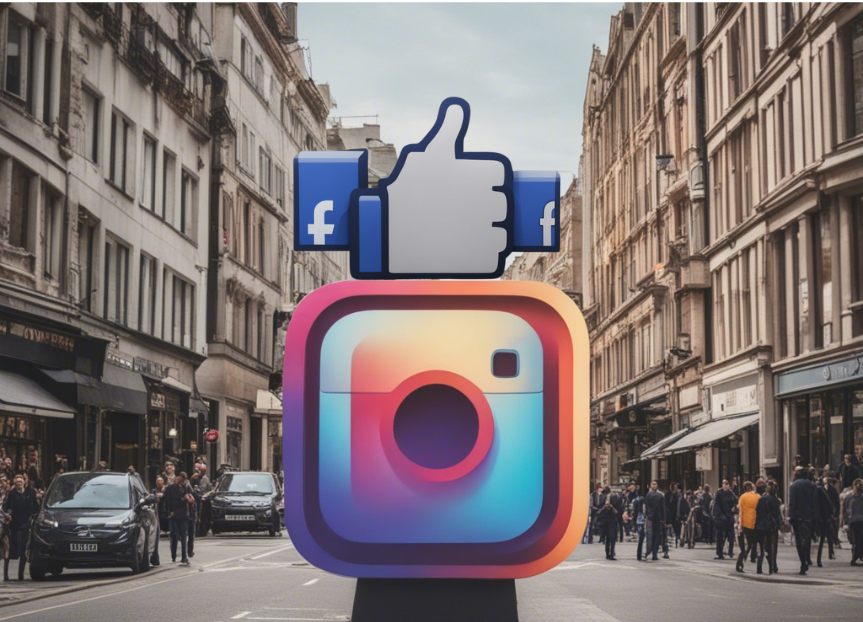
Choosing Between Facebook and Instagram Ads
Discover the crucial differences in Facebook and Instagram ads. From demographics to visual content, explore which platform suits your marketing goals
If you’re venturing into the world of digital marketing, you’ve probably heard of two giants: Facebook and Instagram. Both platforms offer powerful advertising opportunities, but they’re not created equal. In this guide, we’ll delve into the five most significant differences between Facebook and Instagram ads, breaking them down in simple terms that even a college student can grasp.
1. Platform Demographics: Understanding Your Audience
Facebook: Think of Facebook as the digital town square. It’s a place where people of all ages, from teens to grandparents, gather. This diversity allows you to reach a broad demographic, making it perfect for a wide range of products and services.
Instagram: Instagram, on the other hand, is the playground of younger generations. It’s popular among millennials and Gen Z. So, if your target audience is younger and more visual, Instagram may be the better choice.
2. Ad Placement Options: Tailoring Your Approach
Facebook: Facebook gives you an array of ad placement options, including the news feed, right column, and audience network. This versatility means your ads can appear in different formats and locations across the platform.
Instagram: Instagram focuses on a more streamlined approach. Ads primarily appear within the Instagram feed or Stories, maintaining a visually consistent experience for users.
3. Visual Content Dominance: The Power of Imagery
Facebook: While Facebook supports various ad types, it’s generally more text-heavy. Text-based posts are prevalent, making it suitable for content-heavy promotions.
Instagram: Instagram, true to its nature, is all about the visuals. Image and video content reign supreme. If your marketing strategy leans heavily on images, Instagram is your canvas.
4. Engagement and Interactivity: Connecting with Users
Facebook: Facebook is a social hub, offering a rich environment for interactions. Users can like, comment, share, and engage with your posts, fostering more meaningful connections.
Instagram: Instagram prioritises user engagement through likes, comments, and direct messages. It’s a platform where visually appealing content sparks conversations.
5. Ad Formats: Choosing the Right Creative
Facebook: Facebook’s ad formats are diverse. You can create photo ads, video ads, carousel ads, and more. It’s a versatile playground for creativity.
Instagram: Instagram offers ad formats that beautifully blend with the user experience. From photo ads to story ads and shopping posts, the focus is on immersive, visually engaging content.
Bonus: Budget and Bidding Strategies: Optimizing Ad Spend
Both platforms offer different bidding strategies and budgeting options, so you can decide how much you want to spend and how you want to allocate your budget.
Bonus: Campaign Objectives: Defining Your Goals
Define your advertising objectives clearly. Facebook and Instagram provide options such as brand awareness, traffic, conversions, and more, allowing you to align your campaigns with your goals.
Bonus: Metrics and Analytics: Measuring Success
Both platforms provide detailed insights into ad performance. You can track metrics like reach, engagement, conversions, and ROI. Use these analytics to refine your campaigns for better results.
Bonus: Audience Targeting: Reaching the Right Users
Laser-focused targeting is a strength of both platforms. You can define your audience by demographics, interests, behaviours, and more. Tailor your message to reach the right people.
